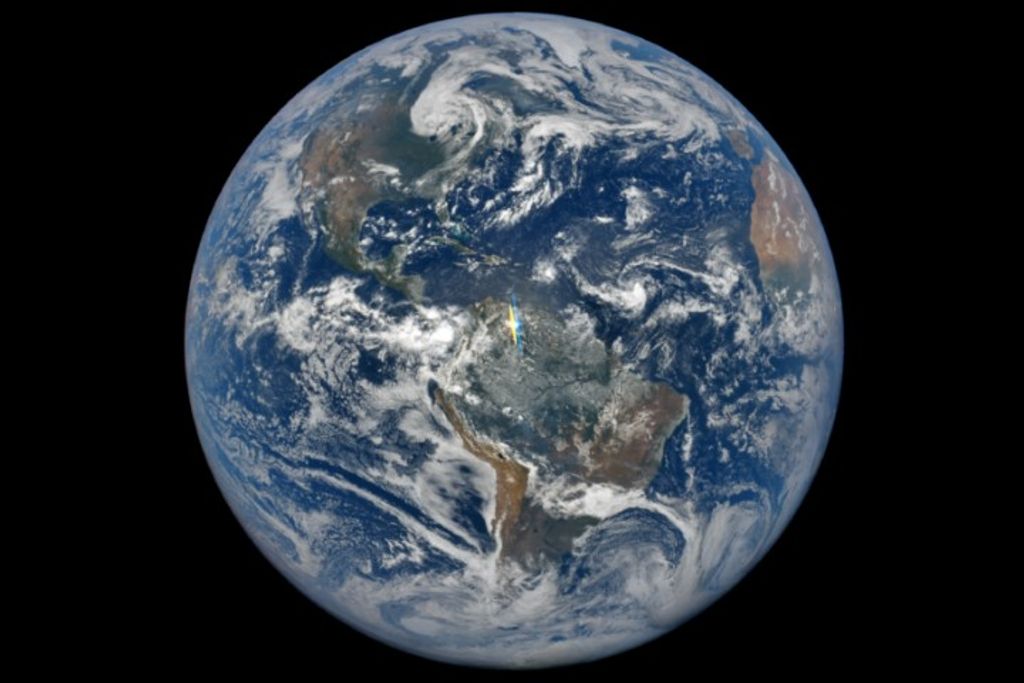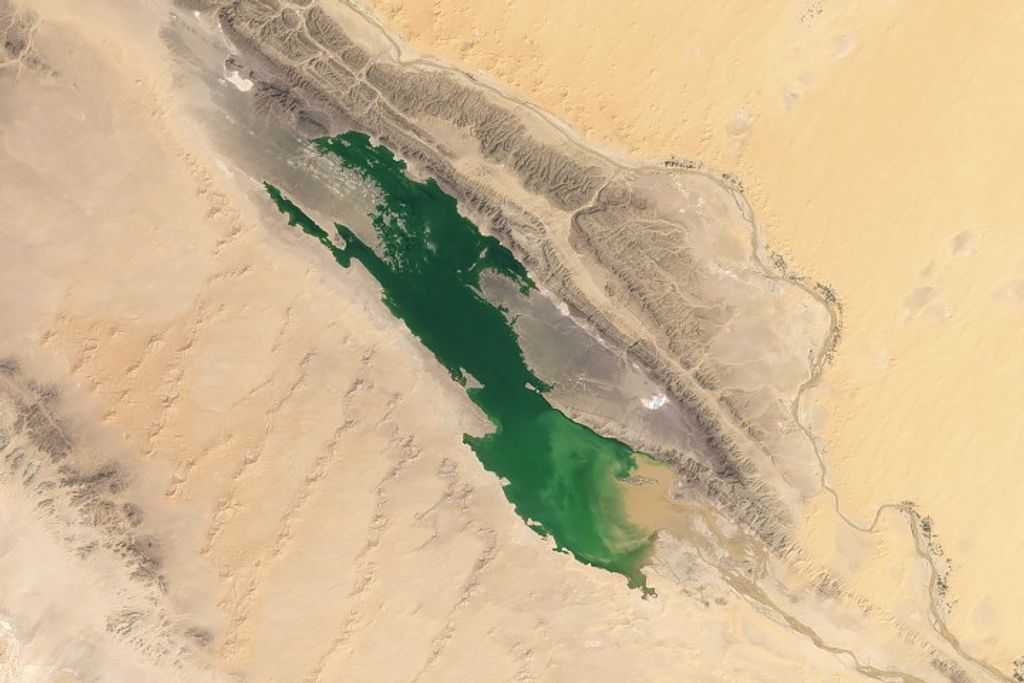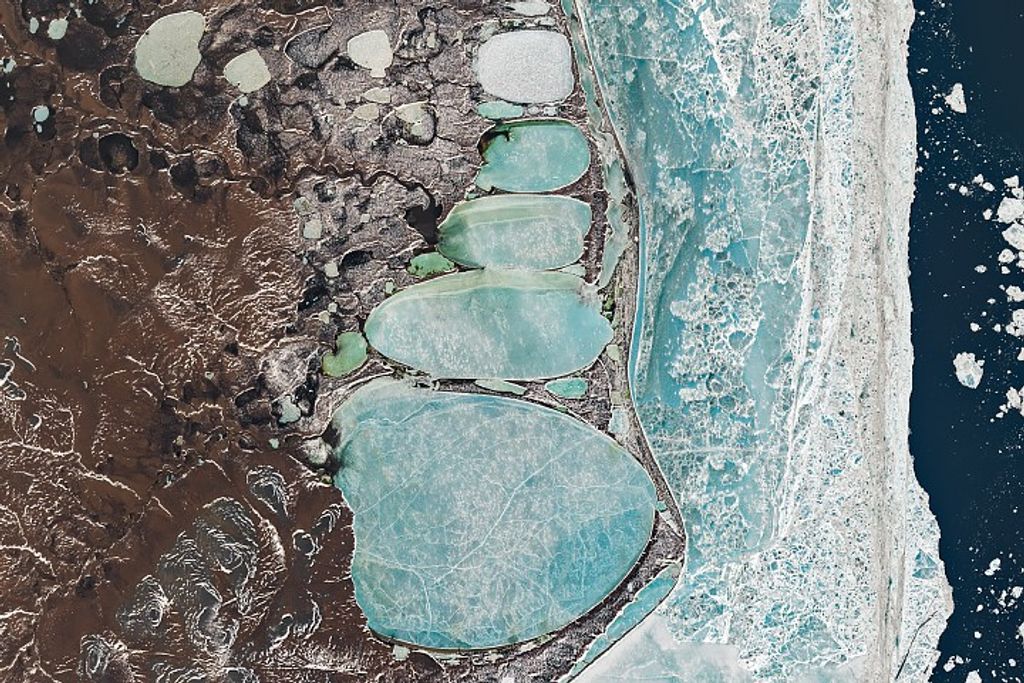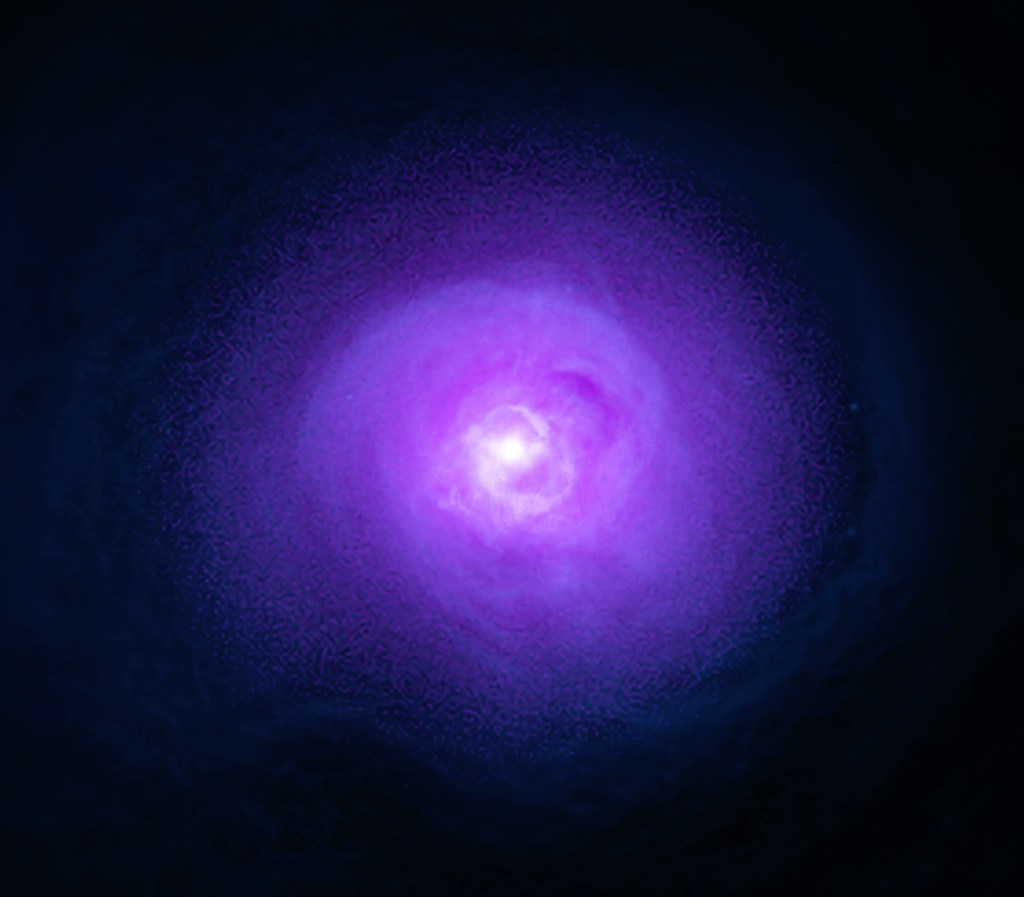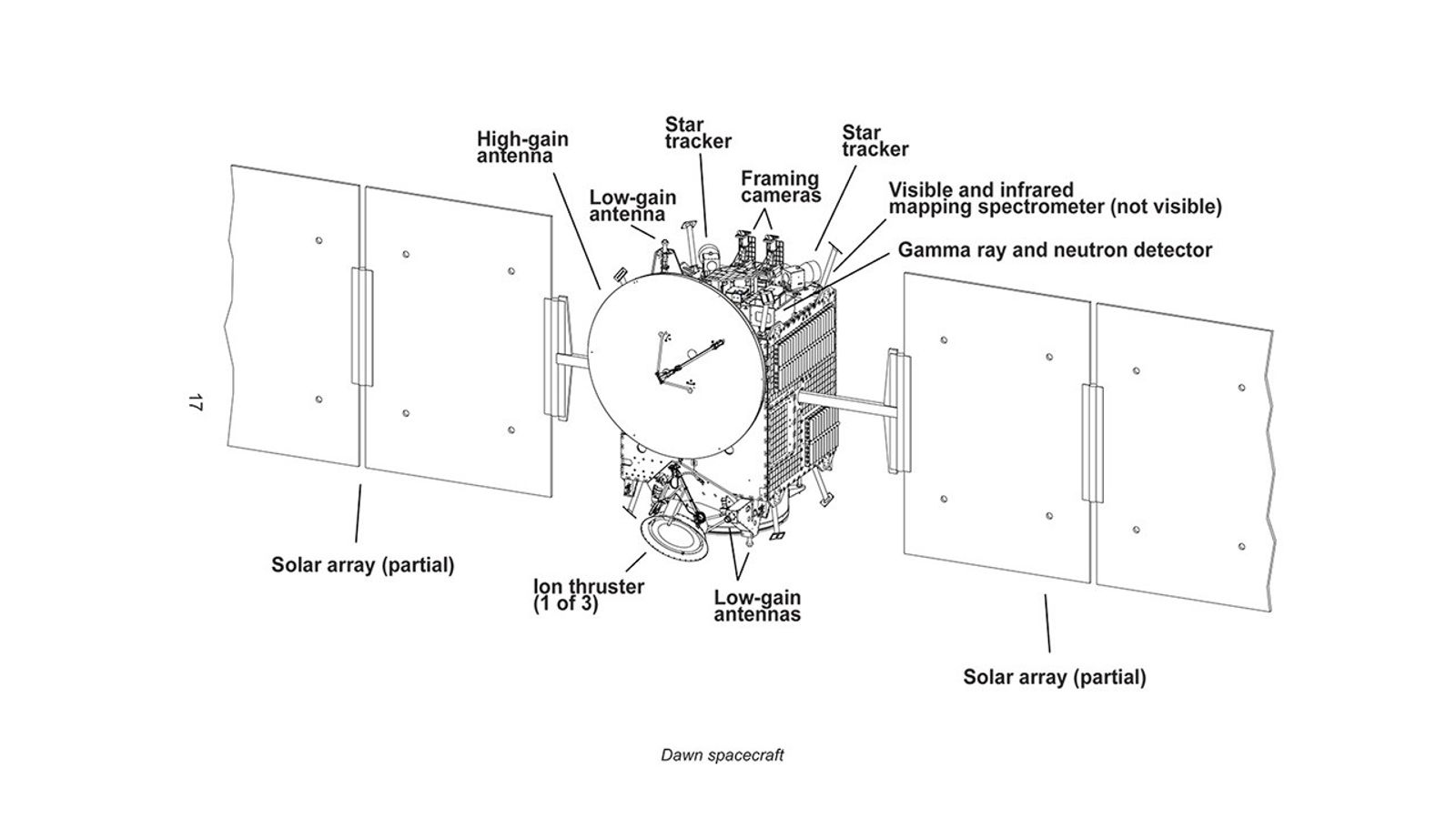Spacecraft
As a Discovery Program mission, Dawn combined innovative state-of-the-art technologies pioneered by other recent missions with off-the-shelf components and, in some cases, spare parts and instrumentation left over from previous missions.
Structure
With its wide solar arrays extended, Dawn is about as long as a tractor-trailer at 65 feet (19.7 meters). The ion thruster is powered by large solar panels. The power ionizes the fuel (Xenon) and then accelerates it with an electric field between two grids. Electrons are injected into the beam after acceleration to maintain a neutral plasma.
Spacecraft Statistics
- Dimensions: 5.4 feet (1.64 meters) long, 4.2 feet (1.27 meters) wide and 5.8 feet (1.77 meters) high. High-gain antenna is 5 feet (1.52 meters) in diameter. Solar array is 65 feet (20 meters) long, tip to tip
- Spacecraft weight: 1,647.1 pounds (747.1 kilograms)
- Propellant at launch: 937 pounds (425 kilograms) xenon propellant for the ion propulsion system
- Estimated propellant remaining*: 31 pounds (14 kg)
- Pointing control at launch: four reaction wheels, augmented by 100.5 pounds (45.6 kilograms) of hydrazine
- Pointing control at end of mission*: hydrazine only, fuel ran out on Oct. 31, 2018.
- Power: Two 27-foot-by-8-foot (8.3-meter-by-2.3-meter) solar arrays, together providing more than 10 kilowatts at Earth’s distance from the Sun and 1.4 kilowatts at Dawn’s (and Ceres’) maximum distance from the Sun. Each wing-like array weighs almost 139 pounds (63 kilograms). Energy storage via 35-amp-hour rechargeable nickel hydrogen battery
Ion Propulsion System
- Number of thrusters: 3
- Thruster dimensions (each): 13 inches (33 centimeters) long, 16 inches (41 centimeters) in diameter
- Weight: 20 pounds (8.9 kilograms) each
- Spacecraft acceleration via ion propulsion at full thrust: 0 – 60 mph in 4 days
- Thrust: 0.07 to 0.33 ounce (19 to 91 millinewtons)
Type: Orbiter
Status: Success—Mission Completed
Launch Date: Sept. 27, 2007 | 11:34 UTC
Launch Location: Cape Canaveral Air Force Station, Florida
Targets: Vesta and Ceres
Destination: Vesta and Ceres
Related Links
Spacecraft
Mission Events
Sept. 27, 2007: Launch
Feb. 17, 2009: Mars Gravity Assist
July 16, 2011: Vesta Arrival
Sept. 5, 2017: Vesta Departure
March 5, 2015: Ceres Arrival
June 2016: End of prime mission
July 2016: Start of first extended mission
October 2017: Start of second extended mission
Nov. 1, 2018: End of Mission








